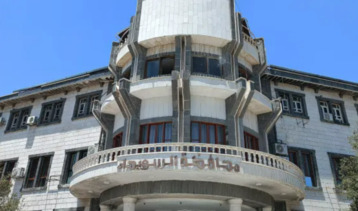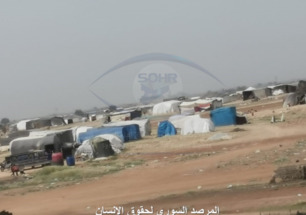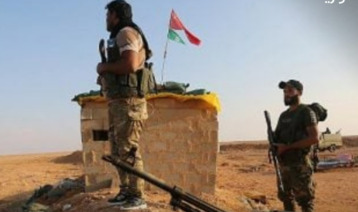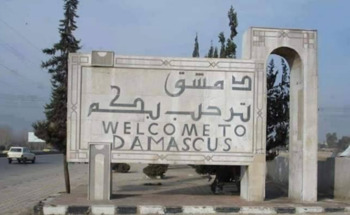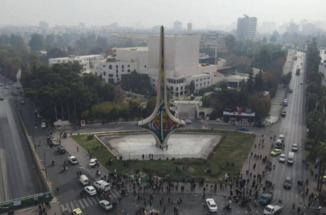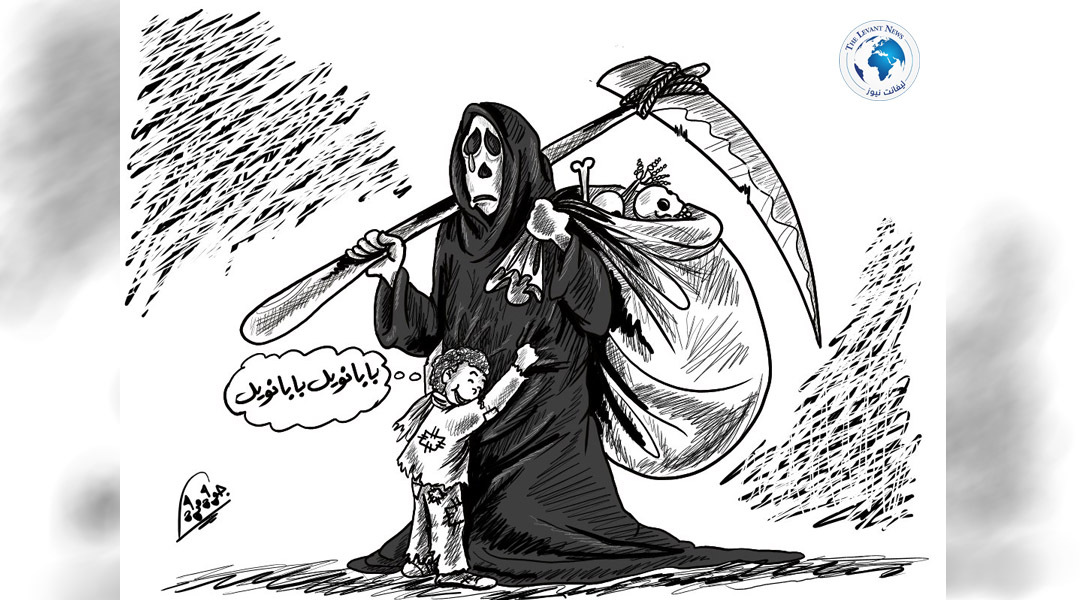-
Meeting Between Ahmad al-Shar’ and Trump Highlights Prospects for Calm and Reconciliations in the Middle East
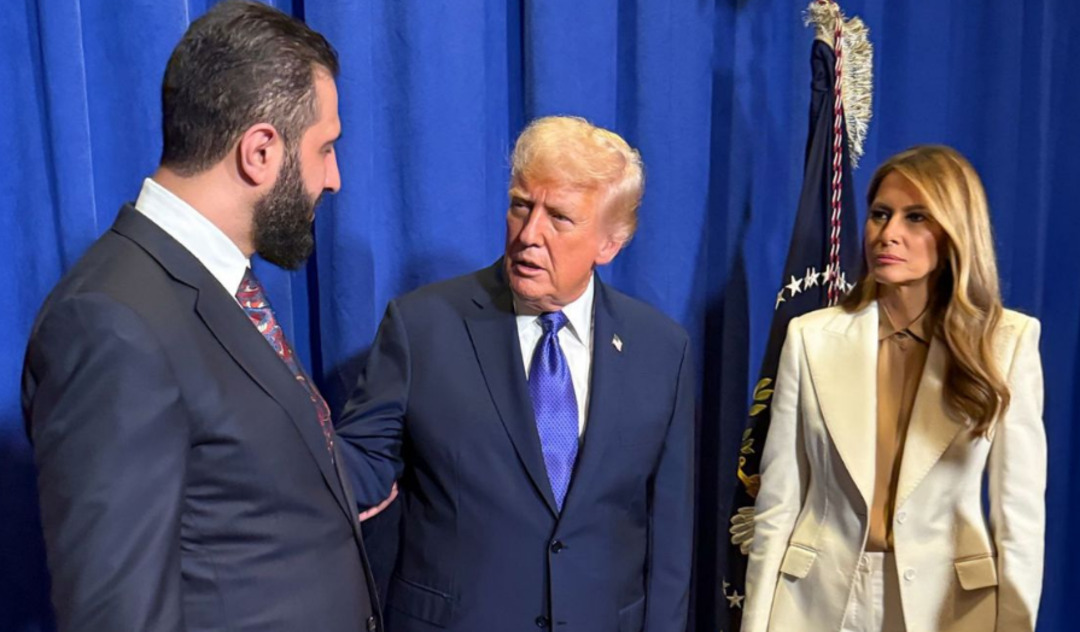
On the sidelines of his participation in the United Nations General Assembly in New York, the Syrian interim president, Ahmad al-Shar’, met with U.S. President Donald Trump at a reception hosted by the latter in the presence of Melania Trump. Photos published by the Syrian presidential office show al-Shar’ shaking hands with Trump, though no additional details are available about the meeting’s proceedings.
According to reports, Trump pressured al-Shar’ to demonstrate flexibility and reach an agreement with Israel in the near future. Media sources suggest that significant gaps remain that hinder progress toward understanding, especially concerning Israeli control over Mount Hermon and the Golan Heights, as well as security guarantees for the Druze minority allied with Israel.
One of the main points of disagreement involves Israeli freedom of movement in Syrian airspace, including carrying out strikes against targets Israel considers terrorist, which obstructs tangible progress in negotiations. If an agreement is reached, it could contribute to stabilizing multiple fronts, particularly in Lebanon, and strengthen Syria’s relations with Gulf countries that currently support al-Shar’.
In a related development, Israeli sources confirmed that negotiations with Syria aim to secure Israel’s interests, including disarmament in southwestern Syria and maintaining the security and safety of the Druze community. Israeli Prime Minister Benjamin Netanyahu indicated that there has been progress in the talks and that “the window for peace with Syria has opened,” suggesting that Israel’s successes in Lebanon against Hezbollah could pave the way for future negotiations.
Israel also revealed a new security proposal for Syria, aiming to establish demilitarized zones extending from Damascus to the border with Israel. This plan is based on the model of the 1979 peace agreement with Egypt (Camp David Accords). The Israelis propose expanding the buffer zone on the Syrian side, imposing restrictions on the presence of military forces and heavy weapons near the border areas, while allowing police and security agencies to remain. Additionally, it is suggested that the area from southwestern Damascus to the Israeli border be designated as a no-fly zone for Syrian aircraft, with the goal of enhancing peace and stability in the region.
You May Also Like
Popular Posts
Caricature
opinion
Report
ads
Newsletter
Subscribe to our mailing list to get the new updates!




